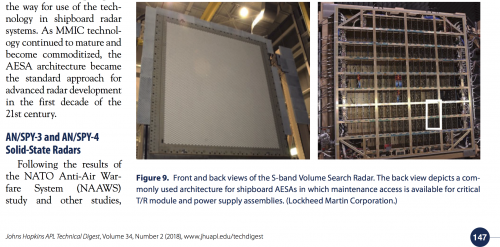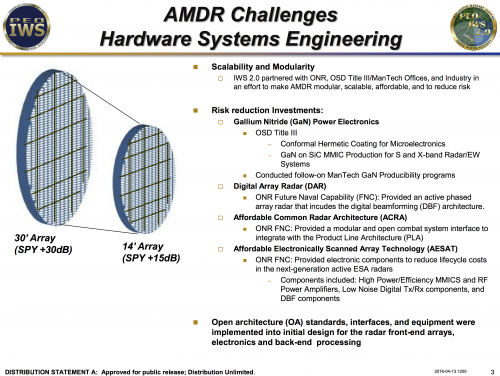TomS said:
Moose said:
Colonial-Marine said:
To reiterate I don't mean anything more than the starting with that hull shape and dimensions as a basis. I suppose it shouldn't really be necessary but it's an idea of what to aim for.
I appreciate what you're saying. However I don't believe that's the sort of baseline the Navy has in mind. Aside from the recent LPD-based concepts, all Navy cruiser designs built and unbuilt for the last few decades are stretched or scaled-up Destroyers. Getting the Navy back into a CGN/strike cruiser head space where they're pursuing a Cruiser that is dramatically distinct from the DDGs is not in the cards, it would seem.
It would be interesting to see them look into some of the large combatant concepts that were studied under the SC21 COEA. But those never got past concept studies and basic arrangements, so they wouldn't fit the desire to use an actual tested and validated hullform.
It would be interesting, perhaps, but expensive.
The Navy seems to be stuck. DDG-1000 hull is too small, and the San-Antonio seems seems too slow.
Sounds like cruiser will be primarily BMD and air defense. Burke is a GMC Terrain when you really need a F550. It will never be big enough. Flight III will not be big enough. DDG-1000 will not be big enough.
The cruiser will need to be really big.
1. Everything on this cruiser will use LOTS of power. Propulsion will probably be electric. Radar will be enormous. They'll want it to last 40-50 years so the growth margin will need to be adequate. They'll also want plenty of juice for big lasers. It just makes sense that they'll look to one of the Ford-class reactors as a power plant, especially since there is an active production line. You know the government line, "another one will make all of them cheaper." So how about another 20.
2. They'll want lots of weapons on the beast and room for helicopters They'll also want room to add new systems as they become available. The result will be a need for enough deck space and magazines to handle all the initial systems and room for whatever comes next.
3. Having a separate magazine ship won't be necessary and will be expensive. It won't have the weapons systems required to adequately protect itself, and, if not nuclear powered it will be a logistics nightmare to drag it around. If the cruiser is big enough the magazine will be deep. It will get deeper as lasers and rail guns become more effective. The need for a magazine ship will diminish over the life of the ship. And it's likely that these cruisers will be forward deployed and moving between task forces so you don't want two ships when one will do the job. Besides, why build one cruiser when you can build two for twice the price?
Lastly, I'm not sure that these cruisers need to "keep up" with the Carrier Task Force. It's more likely that the Carrier Task Force will be going to where the cruiser is located. They can be forward deployed in relevant locations such as Guam, Japan, Korea, Singapore, Australia, Diego Garcia, Crete or where ever is appropriate. I don't know if 25 knots isn't fast enough. It passes the 80% rule. It's fast enough for ARG's and any major event will likely incorporate carriers and LHA's.
Build the ship with existing tech. Integration as the only risk. A wish list...
San-Antonio hull
Single A1B and as many systems as possible from Ford
Survivability Level III instead of Level II of San-Antonio class
Lose all the amphib equipment and spaces
Cobra King radar system
VLS with a boatload of cells
Acoustic equipment
Aviation component
Appropriate AA systems & CIWS
Room for rail gun and lasers
If Ticonderoga-class were a billion a boat in the 90's then this rig, 30 years later with over twice the capacity, would be a bargain at $4-5B.





